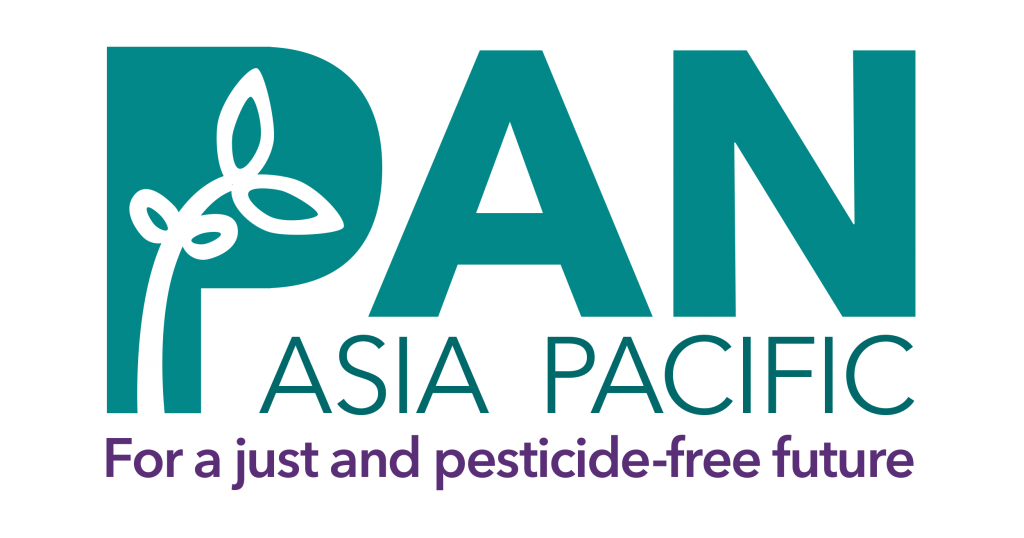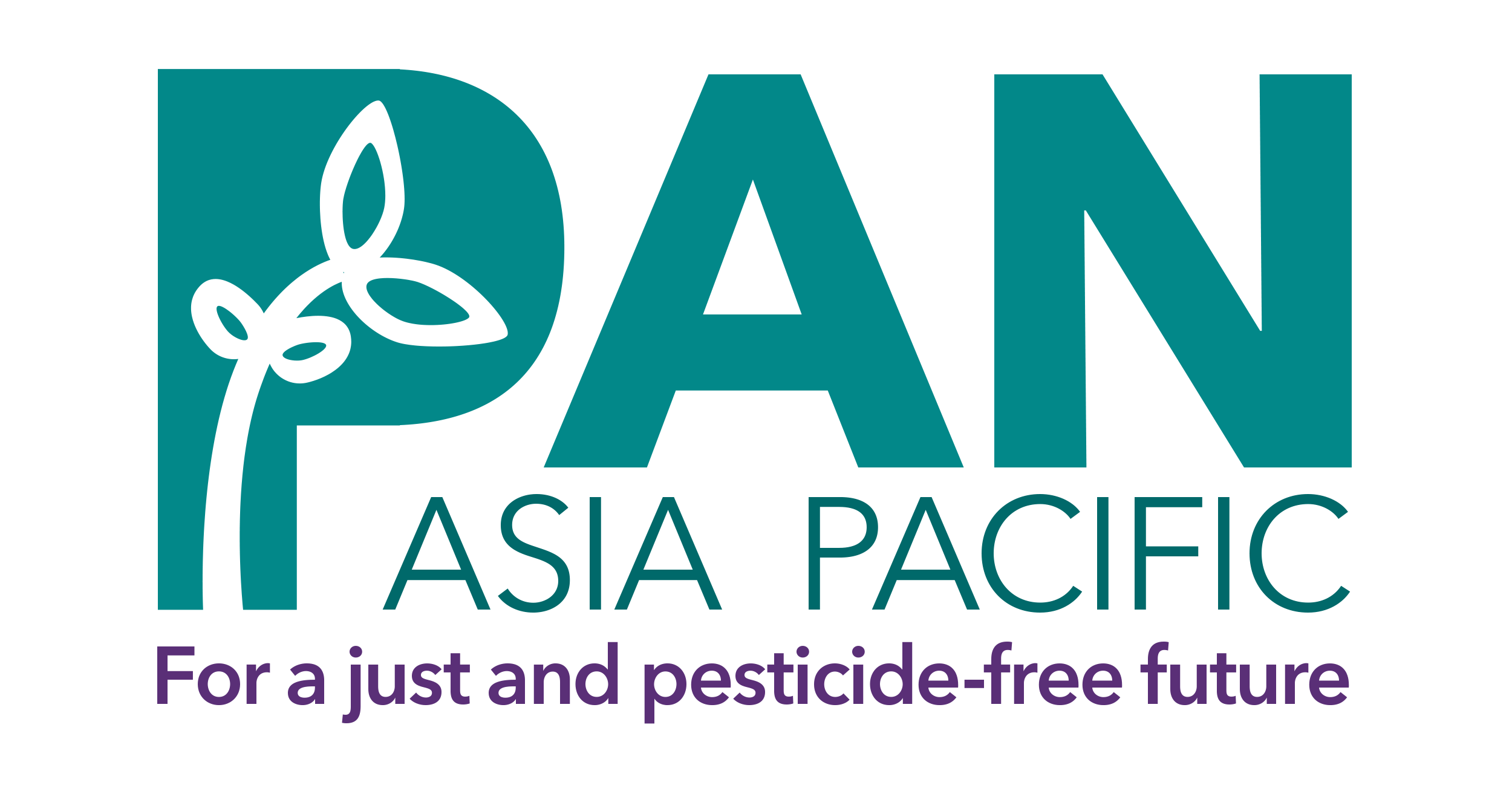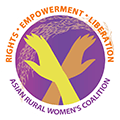The Pesticide Action Network Philippines fully support the move to include the listed pesticides and chemicals below in the Annex III of the Rotterdam Convention (RC), and thus, strongly encourage the Philippine delegation to the RC Conference of Parties (COP) to adopt the same stance.

With the inclusion in RC Annex III, all the above will then be subject to a procedure whereby an informed decision of a country would be needed before consenting or not to future importation of the substance.
The five pesticides (fenthion SHPF, trichlorfon, paraquat SHPF, carbofuran and carbosulfan) and the three chemicals (chrysotile asbestos, tributyltin compounds and short-chain chlorinated paraffins) meet the requirements of the RC and inclusion in Annex III should proceed.
As per the PANAP RC COP brief shows, fenthion and paraquat have been found to cause human health problems to the applicators under conditions of use in developing countries like Chad and Burkina Faso, respectively. The acute and chronic effects of paraquat are also observed in the oil palm plantations in Mindanao, Philippines as per findings of PANAP and its local partners.
Trichlorfon, carbofuran, and carbosulfan pose risks to human health and the environment based on the information provided by several countries mostly from Europe and Africa. Carbofuran, used in banana and oil palm plantations in Mindanao is specifically classified as highly toxic to bees. Carbosulfan has hazardous, potentially genotoxic metabolites. One of its carcinogenic impurities (N-nitrosodibutylamine) was found in the active substance as sold on the market (technical material) at levels raising concerns.
Tributyltin compounds are biocides that have been used to prevent fouling of boats, to preserve wood, kill molluscs, and for other purposes. Their use in boat paints has been banned in many nations due to observed effects on the marine biota, specifically on oysters and snails. The continuous use for purposes other than as antifouling paint poses risk due to their relative persistence, their tendency to bioaccumulate, and their toxicity.
The SSCPs are used as components of lubricants and coolants in the metal industry and is utilized both as plasticizer and a flame retardant in plastics, especially in polyvinyl chloride. As the US EPA (2009) report stated “SSCPs are found world-wide in the environment, wildlife and humans. They are bioaccumulative in wildlife and humans, are persistent and transported globally in the environment, and toxic to aquatic organisms at low concentrations.”
Fenthion, trichlorfon, tributyltin compounds, paraquat dichloride together with paraffin oils are considered by PAN as highly hazardous pesticides (HHPs). They could be carcinogenic, mutagenic, with reproductive toxicity, are endocrine disruptors, eco-toxic, or with inhalation toxicity.
The International Agency for Research on Cancer (IARC) established that there is sufficient evidence of carcinogenicity in humans for all types of asbestos. Chrysotile asbestos, used as cement building material, component of friction materials and textiles can cause lung cancer, mesothelioma and asbestosis, as well as cancer of the larynx and ovary. Banned in more than 50 countries, its use has alarmingly increased in the Asia-Pacific region.
References
PANAP. 2017. Community Pesticide Action Monitoring in Mindanao, Philippines. (To be launched on 28 April 2017 on the occasion of World Day for Safety and Health at Work at the PANAP website).
PAN International. 2015. List of Highly Hazardous Pesticides. http://www.pan- germany.org/download/PAN_HHP_List_150602_F.pdf
Sekizawa J, Suter G II, Birnbaum L. (nd). Tributyltin and triphenyltin compounds.
http://www.who.int/ipcs/publications/en/ch_3c.pdf
U.S. Environmental Protection Agency. 2009. Short-Chain Chlorinated Paraffins (SCCPs) and Other Chlorinated Paraffins Action Plan. https://www.epa.gov/sites/production/files/2015-09/documents/sccps_ap_2009_1230_final.pdf
UNEP/FAO/RC/CRC.12/3/Rev.1. Rationale for the conclusion by the Chemical Review Committee that the notifications of final regulatory action submitted by the European Union, Burkina Faso, Cabo Verde, Chad, the Gambia, Mauritania, Niger, Senegal and Togo in respect of carbosulfan meet the criteria of Annex III to the Rotterdam Convention. http://www.pic.int/TheConvention/Chemicals/Recommendedforlisting/Carbosulfan/tabid/5393/lan guage/en-US/Default.aspx
WHO. 2014. Chrysotile Asbestos. Geneva, Switzerland. 44pp. http://www.who.int/ipcs/assessment/public_health/chrysotile_asbestos_summary.pdf








Discussion about this post